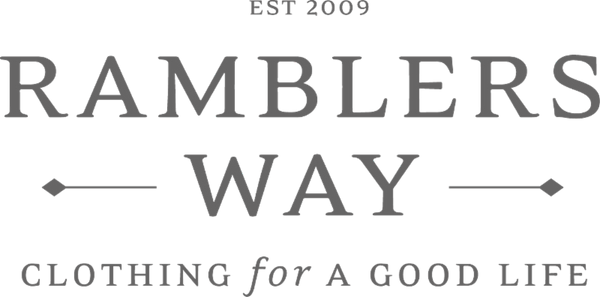Woven in Freedom: How Wool Helped Shape American Independence
Share
As we enter summer and begin planning our Fourth of July celebrations with family and friends, it's a perfect time to reflect on the deeper roots of American independence. Among the powerful symbols of freedom that emerged during the Revolutionary era, wool clothing holds a meaningful place in our history, a quiet yet profound thread woven into the story of our nation’s birth.
During the American Revolution, the wool clothing industry became much more than a means of staying warm. It became a declaration of independence, community, and a commitment to doing things the right way. As tensions with Britain grew, colonists increasingly rejected reliance on imported textiles and embraced a self-sufficient, local approach to clothing production. Wool, abundant and well-suited to the American climate, was at the heart of this shift.
British trade laws, including the restrictive Wool Act of 1699, had long limited the colonies' ability to produce and export woolen goods. In defiance, Americans turned to domestic production not just out of necessity, but as a bold expression of resistance. Wearing homespun wool became a political act. It became an outward sign of freedom and a conscious rejection of imperial control. In this way, the wool industry wasn’t merely economic; it was ideological, embodying the values of self-reliance and national identity.
Local communities were central to this transformation. Spinning bees, many organized by the Daughters of Liberty, brought neighbors together, especially women, in shared purpose. Families gathered to shear sheep, card wool, spin yarn, and weave cloth. These gatherings rekindled traditional skills, strengthened social bonds, and fostered a grassroots economy of mutual support. In creating their own garments, communities didn’t just produce clothing; they helped weave the very fabric of American independence.
Equally important was the ethos behind this work. Colonists weren’t simply making clothes; they were making them with intention, locally with pride. Each piece was a deliberate departure from mass-produced British imports and a reflection of enduring values: craftsmanship, sustainability, authenticity, and integrity.
In short, wool clothing during the American Revolution represented a quiet revolution of its own. It was a symbol of independence, a celebration of the community, and a testament to the power of making things with care and purpose. This Fourth of July, as we honor our nation’s founding, let’s also celebrate the enduring legacy of those who spun freedom—one thread at a time.
